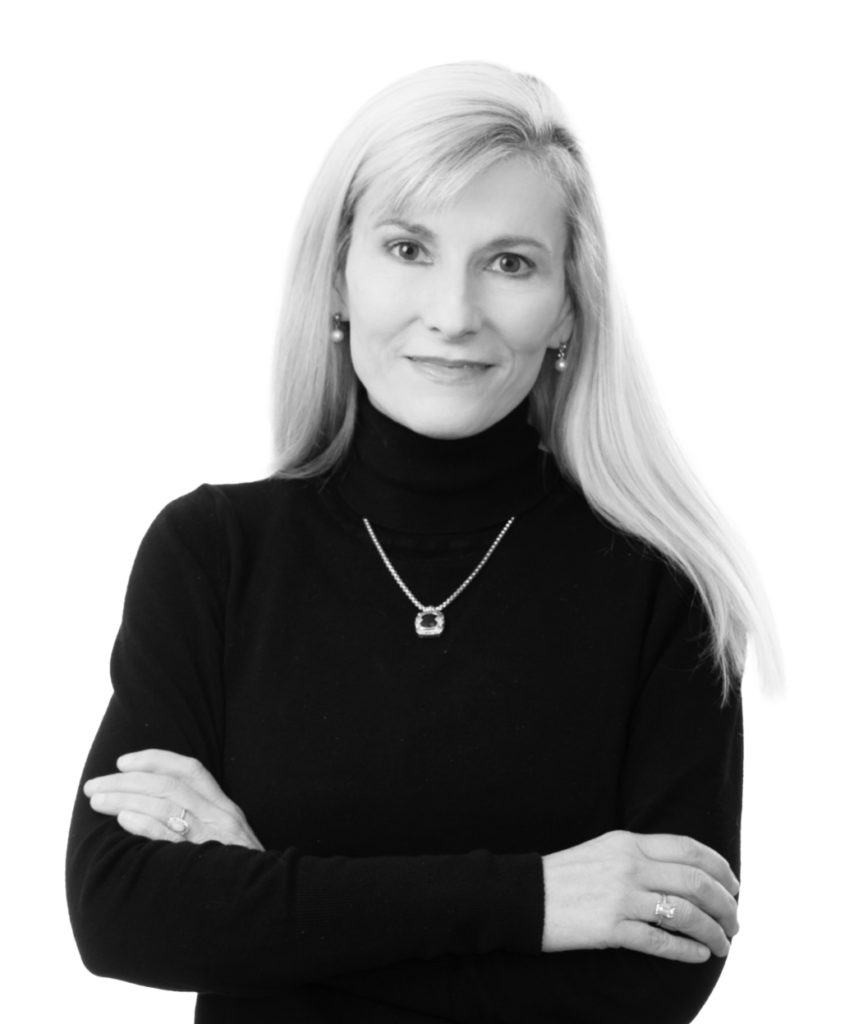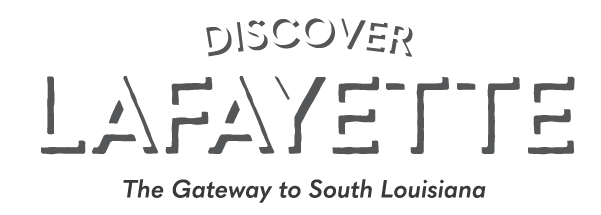Podcast: Play in new window | Download (Duration: 1:03:48 — 87.6MB)
Nadia de la Houssaye, partner at the Jones Walker law firm, joined us to discuss her career journey in law and telemedicine.
Nadia chairs the firm’s telemedicine team and is co-leader of their healthcare litigation team. She works with hospitals, health systems, providers, and start-up companies to structure and integrate telemedicine, telehealth, and digital health platforms.
Her passion for the expansion and growth of telemedicine began in 1997 when she and Dr. Tom Vreeland launched one of Louisiana’s first teleradiology networks. At that time, internet access was offered mainly through analog services which were incredibly slow by today’s standards; she had to get a high-speed T1 line installed to be able to offer the technology.
Her interest in telemedicine predated teleradiology, and in fact, her fascination with technology began when she was a young girl and watched the Apollo 11 moon landing. And then, she happened to marry a radiologist (Dr. Tom Vreeland) who wanted to start a teleradiology practice. He was the first person she met who also had the same interests as she did.
Nadia recalled how back when Dr. Vreeland worked at UMC (now UHC), “there were boxes and boxes of x-rays sitting at all hospitals, not just UHC. There was a shortage of radiologists, and back then people didn’t read films 24/7. There was no sense of urgency even if the patient being treated had cancer or a stroke. Today, everyone wants things done in “real-time” and people expect quick results from tests. The standard of care has evolved with the evolution of technological advances.
Their teleradiology company, Nighthawk, had offices in Australia and Germany as well as the U. S., all with American trained physicians who were licensed in every state in the U. S. The company could provide 24 hour a day readings with radiologists working throughout different time zones. By the time the company went public in 2004, technology had advanced to where the transmission was almost instantaneous.
Everyone recognized that with technology, better care was becoming available to patients. Nadia believes that Tom Vreeland became a spearhead in the way medicine should be practiced. They were both visionaries in the field.
Technology has outpaced the regulatory climate for telemedicine. Active for the past 28 years in the American Telemedicine Association which has thousands of members, Nadia was one of about 50 original members in the group. Very few people understood what they were trying to accomplish and they were called “dreamers “ The goal was to get telemedicine accepted and thereby get providers fairly reimbursed for services rendered virtually.

Nadia de la Houssaye was an original member of the American Telemedicine Association. She is still active with ATA, whose mission is to work to “advance industry adoption of telehealth and virtual care, promote responsible policy, advocate for government and market normalization, and provide education and resources to help integrate virtual care into emerging value-based delivery models.”
With COVID, telemedicine became necessary for the masses and has become much more widely accepted. But even prior to the pandemic, advancements in telehealth, telestroke, teleICU, and telecardiology transformed the ability for rural hospitals to have access to specialists they would not otherwise have.
As an example, rural patients can now get a teleneurologist online with a software app that allows the doctor to treat as if he had the ability to put his hands on the patient. CT scans are taken at the hospital and uploaded to the teleneurologist offsite. Critical time is thereby saved for the patient. The doctors can work simultaneously and effectively while treating the patient.
In Louisiana, Ochsner Health System has a tremendous telehealth platform that was implemented over 15 years ago.
Today, telehealth has evolved from a rare occurrence to an accepted practice that allows patients to see their provider while keeping socially distant. It is destined to play a big role in the future of healthcare. “The world now knows what telemedicine is. All the advocacy on Capitol Hill never amounted to nearly as much as what COVID has done to raise awareness of the advantages of telehealth.”
Even though telehealth was a viable option before the pandemic, it was limited in practice as it was either not reimbursed by insurers or reimbursed at lower rates than in-office visits. Physicians had to be licensed not only in their own state but in any other states where they might treat remote patients.
The CARES Act mandated that telehealth visits be paid at the same rate as in-person visits for those insured by Medicare. Then most private insurers followed suit in paying providers for telehealth visits.
Many states, including Louisiana, also have state laws that mandate that if insurers cover an in-person consultation, they must cover a telehealth visit. Louisiana is a state with a 75% required reimbursement by law.
CMS lifted its regulatory requirements that doctors be licensed in other states during the pandemic. This has been a godsend to hospitals and other providers who need to bring in outside healthcare providers to keep hospitals adequately staffed. Now it is easier to provide care for people in need. Yet, Nadia noted that telemedicine should never replace in-person care. Not all care can be rendered remotely; it is an adjunct to in-person consultations.
Medical professionals are in short supply in many regions. Negotiated deals with insurance companies with hospitals/doctors have resulted in lower reimbursement rates, as opposed to the old days where medical bills were lower in cost and the doctor billed the patient directly without going through insurance. “It’s almost impossible to get an immediate appointment with a physician, because of the physician shortages. People don’t realize that we are in a crisis. Because of the regulatory climate, people are not going into medicine the way they used to. Doctors used to be held up with a certain level of respect and esteem. That’s been somewhat lost.”
Nadia is intrigued with data analytics and augmented/artificial intelligence….machine learning. She spoke of teaching machines how to use technology. I. e., computer technology that can read scans much better than the human eye. This is not meant to replace the doctor, but to enhance the quality of care a doctor can deliver. AI can warn of pending problems, gives possible diagnoses to physicians who will then exercise their clinical judgment.
Wearables have been around for at least 15 years. An interesting new wearable for the elderly is a shirt or undergarment that will alert the health care provider if the patient has fallen. It’s a great tool for those with fall risk. The general public is not yet aware of these tools that will help people age in place and be able to remain in their own homes.
“The goal is to be able to provide home care in your own home for as long as possible. This is so important especially during the COVID pandemic.”
Many people move into assisted living because they can’t get adequate care in their homes. CMS has now agreed to reimburse healthcare provided virtually to patients at their homes. The home is now considered an “originating site under CMS’s regulation, one of the most significant changes occurring during COVID. Before COVID, a consult with a doctor required the 90-year-old to go to the office (if the provider wanted to be reimbursed).
Nadia is a zealous advocate of healthcare professionals. She believes that government scrutinizes healthcare professionals in ways no other profession gets studied, such as performing audits of their cases. “Did you really have to perform that procedure?” Lawyers and other professionals never endure that type of scrutiny.
Telemedicine has been a boon to counter the decline in the number of physicians, especially specialists. Nadia noted that there has been a decline in people choosing a career as a physician because of the regulatory climate,

“It’s almost impossible to get an immediate appointment with a physician these days, because of the physician shortages. People don’t realize that we are in a crisis. Because of the regulatory climate, people are not going into medicine the way they used to. Doctors used to be held up with a certain level of respect and esteem. That’s been somewhat lost.”
Nadia, along with the entire team of healthcare attorneys at Jones Walker law firm, not only defend the providers if they are sued but also provide proactive guidance on best office practices. The docs are counseled “to dot every ‘i’ and cross every ‘t’ to avoid future problems. A good bedside manner is key and can go a long way in avoiding lawsuits. A physician may render exceptional care but still be sued if they don’t give that ‘loving touch’ to the patient and take time to answer questions.
With more than 25 years in private practice, Nadia de la Houssaye also helps clients with US Food and Drug Administration application processes, Emergency Use Authorization (EUA) approvals, Medicare & Medicaid Services coverage issues, state corporate practice of medicine regulations, and issues arising during the COVID-19 era and beyond.
We thank Nadia for her time on Discover Lafayette and for sharing the wonderful advancements in telehealth.
We also thank Jones Walker, LLP for its support of Discover Lafayette and for making this podcast episode possible!





